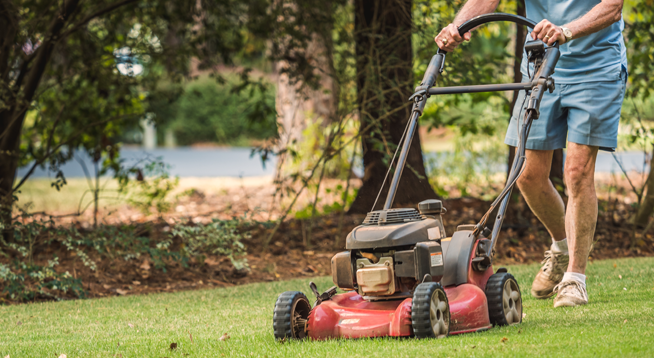This water is then diverted by gravity to a ditch or to a pit or sump in the basement floor. Water that collects in the sump is then pumped up and away from the house.
It was around 1849 that an American company named Goulds cast the first all-metal pump, and the late 1940’s when we started to install pumps in the sump in our basements. Over the years two basic types of these have emerged; a pedestal type that has the motor mounted above the potential water level of the sump and submersible units that encase the motor in a housing located at the bottom of the sump. Both are activated by a type of float that triggers the pump in response to rising water levels in the sump.
Both pedestal and submersible pumps typically have an impeller on the bottom of the unit which draws water into a vertical discharge pipe. The pipe then directs the water away from the foundation outside the home. Attached to the pipe and located just above floor level is a check valve designed for vertical application use. It prevents water in the pipe from rushing back into the sump when the pump stops running.
Remember that water is lazy and will always follow the path of least resistance. If it is “easy” for rain water or snow melt to move to that hole in the ground into which your basement was built, it will do so.
One inch of rain on a 2,000-square-foot roof will shed nearly 1,300 gallons of water at the base of your home. This does not account for the ground surrounding your home, so it is imperative you have a dependable pump system in the crock to discharge ground water. The fluid pressure of that water accumulates during wet periods in the surrounding soils and can bow basement walls and lift basement floors.
So what type of pump should you use? The Guys have always favored high quality submersible pumps. A submersible will run cooler even under the stress of repetitive cycles and a cooler running motor will last longer. This is one of the reasons we use submersible pumps in our water wells.
Pumps are typically rated for “flow capacity”, an indicator of how many gallons of water the unit can move in a minute or an hour. Higher quality – and more expensive – pumps will have greater capacities, better motors and higher quality parts.
For our homes, The Guys will typically default to full metal housings, 1/3 – ½ horsepower motors and flow rates of 3,000- 4,000 GPH. Overkill for many applications? Perhaps, but this is one place we don’t wish to underestimate need.
Although there are a lot of great brands out there, we like the Zoeller, Gould, Wayne and Superior brands at price points of approximately $250-400. Good plumbing companies like Waterwork Plumbing in Ferndale and Zplumberz, which services the Metro area, will generally specify high quality, long lasting pumps like we describe.
How do you determine capacity and needed flow rate? A typical plastic crock in use today is 18” in diameter which translates to about one gallon of water per inch of water depth in the crock. If the water in the crock rises at a rate of roughly 1 inch per minute, you are collecting 60 gallons per hour.
Another way to get a feel for needed capacity is to track pump cycles over an hour. If the pump cycles at intervals of over five minutes during heavy water events, this is considered “normal”; whereas a cycle period of less than 5 minutes is “high” water and less than two minutes, “very high”.
Good pump design will incorporate integrated “legs” at the base that get the impeller up off the bottom of the crock. This minimizes the chance that fine sands, stones, or even critters like mice will cause the impeller to age or even jam.
The units are typically cord and plug connected to a GFCI protected, dedicated, receptacle.
What if the primary pump fails? Should you have a back-up system? The Guys say “yes”, using one or both of two primary back-ups that are water powered or battery powered.
You can purchase primary pumps with integrated battery if the power fails, or install a second pump in the same crock with a charged battery power source.
Water powered units depend on municipal water systems that typically survive power outages because they largely – but not exclusively – depend on gravity to keep the water flowing. These can be purchased with efficiencies of 1-2 such that the pump will use one gallon of “city” water for every 2 gallons of water pumped from the crock.
Many back-up systems today integrate some type of alarm notification ranging from an audible alarm located at the pump to applications tied directly to your cellular device for remote monitoring.
The sump crock and pump; yet another “out-of-sight-out-of-mind” system that is so critical in your home. Rediscover yours today and use our plumbing professionals at InsideOutsideGuys.com to give it a good check up.





